#pierre aïm
Explore tagged Tumblr posts
Text






La Haine (1995) dir. Mathieu Kassovitz cine. Pierre Aïm
#cinema#film#cinematography#screencaps#movies#film stills#my screengrabs#la haine#mathieu kassovitz#pierre aïm#black and white film#Vincent Cassel#Hubert Koundé#Saïd Taghmaoui
36 notes
·
View notes
Text

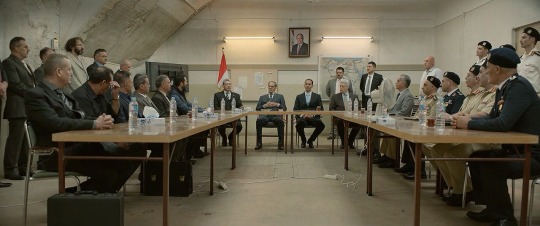
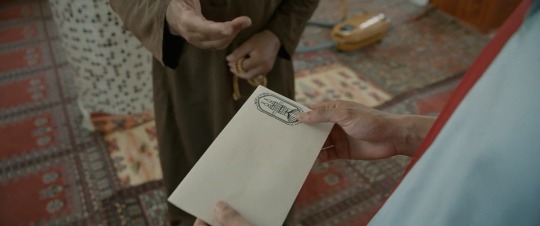
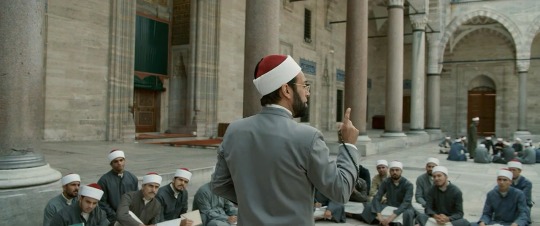
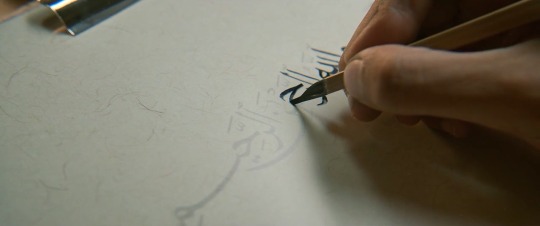
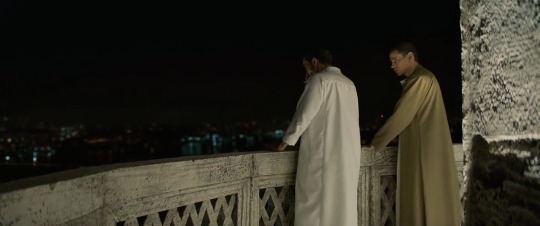
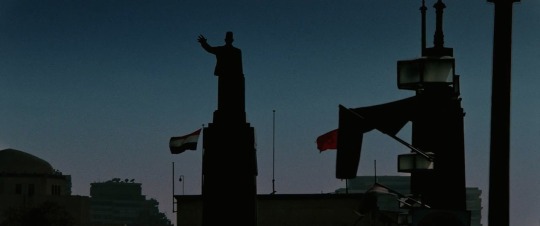

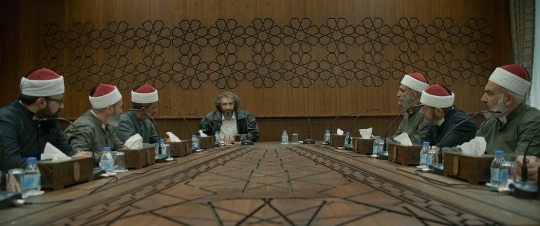
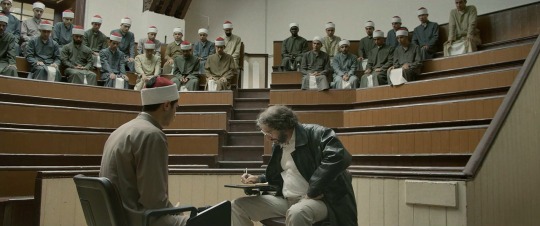




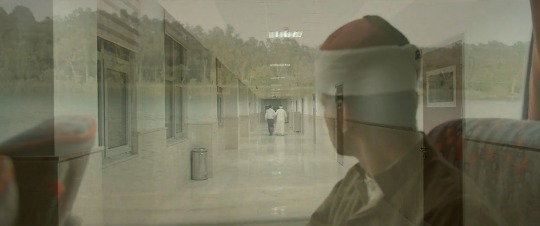
Cairo Conspiracy (2022)
Director - Tarik Saleh, Cinematography - Pierre Aïm
"Power is a double edged sword."
#scenesandscreens#Cairo Conspiracy#boy from heaven#tarik saleh#Pierre Aïm#Youssef Salama Zeki#Ayman Fathy#Amr Mosad#Yunus Albayrak#Mouloud Ayad#Okan Bozkuş#Ahmed Lassaoui#Jalal Altawil#Ramzi Choukair#Moe Ayoub#sherwan haji#Abduljabbar Alsuhili#Mohammad Bakri#Makram Khoury#Mehdi Dehbi#tawfeek barhom#fares fares
35 notes
·
View notes
Photo
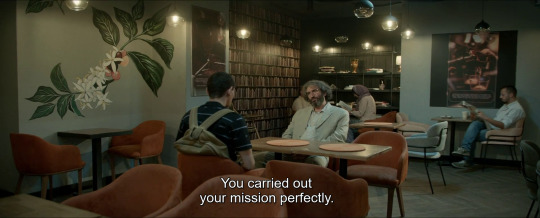
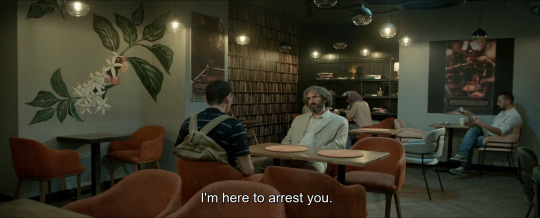
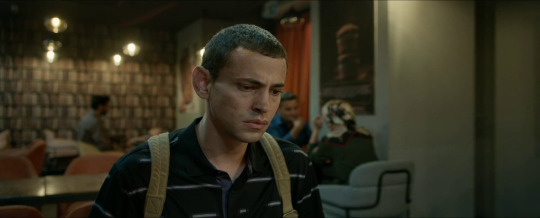
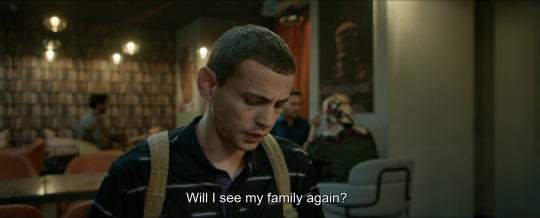
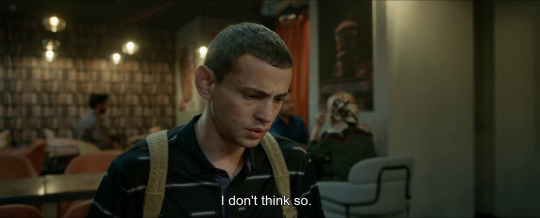
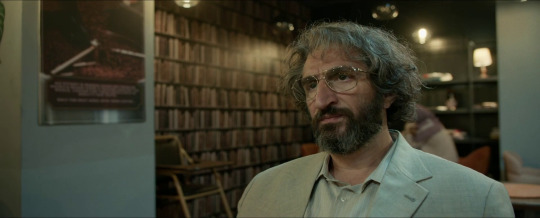

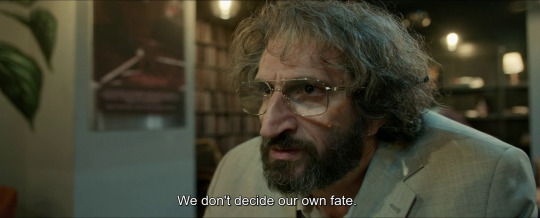
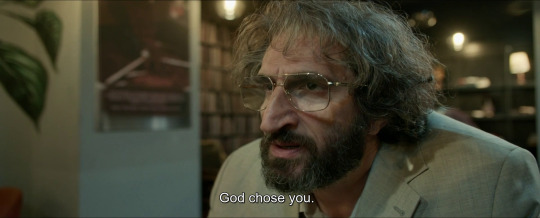
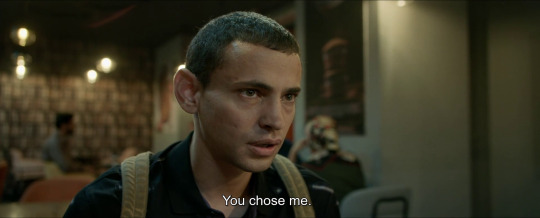
Cairo Conspiracy (Tarik Saleh, 2022).
#walad min al-janna#cairo conspiracy#tarik saleh#tawfeek barhom#fares fares#pierre aïm#theis schmidt#roger rosenberg#sila karakaya#denise ostholm
18 notes
·
View notes
Text
Cairo Conspiracy (12): Riddle-me-this... which movie can traumatise two fully-grown women?
#onemannsmovies review of "Cairo Conspiracy" (2023). A #cineworldunlimited preview of an Arabic thriller that I found really engrossing. 4/5.
A One Mann’s Movies review of “Cairo Conspiracy” (2023). Alternative Title: Walad min al-Janna (“Born From Heaven”) “Cairo Conspiracy” seems to have financial contributions from just about every national film funding source in Europe! (Really – the opening credits are amazing!) It’s set in Egypt, with an arabic soundtrack and subtitles. And it’s a very (VERY) tense political thriller where…

View On WordPress
#CairoConspiracy#bob-the-movie-man#Cairo Conspiracy#Cinema#Cineworld#cineworldunlimited#Film#film review#Moe Ayoub#Movie#Netflix#One Man&039;s Movies#One Mann&039;s Movies#onemannsmovies#Pierre Aïm#Review#Tarik Saleh
0 notes
Photo

The Nile Hilton Incident, Tarik Saleh (2017)
#Tarik Saleh#Fares Fares#Mari Malek#Yasser Ali Maher#Ahmed Selim#Slimane Dazi#Hania Amar#Hichem Yacoubi#Mohamed Yousry#Mohamed Sanaaeldin Shafie#Pierre Aïm#Krister Linder#Theis Schmidt#2017
1 note
·
View note
Text










La Haine (1995)
Director: Mathieu Kassovitz
Cinematographer: Pierre Aïm
21 notes
·
View notes
Text
36. La Haine (1995) dir. by Mathieu Kassovitz
After a chaotic night of rioting in a marginal suburb of Paris, three young friends, Vinz, Hubert and Saïd, wander around unoccupied waiting for news about the state of health of a mutual friend who has been seriously injured when confronting the police.







Cinematography Pierre Aïm
8 notes
·
View notes
Text
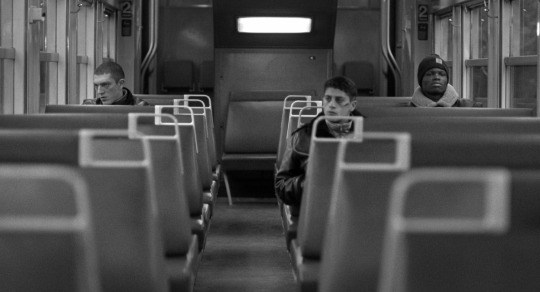
"How you fall doesn't matter. It's how you land."
La haine (1995)
Director: Mathieu Kassovitz
Cinematography: Pierre Aïm
3 notes
·
View notes
Text


CALIFICACIÓN PERSONAL: 6 / 10
Título Original: The Contractor
Año: 2022
Duración: 103 min
País: Estados Unidos
Dirección: Tarik Saleh
Guion: J.P. Davis
Música: Alex Belcher
Fotografía: Pierre Aïm
Reparto: Chris Pine, Ben Foster, Gillian Jacobs, Sander Thomas, Kiefer Sutherland, etc
Productora: 30West, Icon Films. Distribuidora: STX International
Género: Action; Drama; Thriller
TRAILER:
youtube
0 notes
Text

#ProyeccionDeVida
🎬 “EL ODIO” [La Haine (Hate)]
🔎 Género: Drama / Crimen / Pandillas Callejeras / Película de culto
⌛️ Duración: 95 minutos
✍️ Guion: Mathieu Kassovitz
📷 Fotografía: Pierre Aïm (B&W)
🗯 Argumento: Tras una noche de disturbios en un barrio marginal de las afueras de París, tres amigos adolescentes, Vinz, Saïd y Hubert (un judío, un árabe inmigrante y un boxeador amateur negro), son testigos de un hecho, en el que su amigo Abdel resulta herido por la policía. El deambular por la ciudad, la violencia entre bandas y los conflictos con la policía son las constantes en las veinticuatro horas siguientes de la vida de estos jóvenes.

👥 Reparto: Vincent Cassel (Vinz), Saïd Taghmaoui (Saïd), Hubert Koundé (Hubert), Abdel Ahmed Ghili (Abdel), Mathieu Kassovitz (skinhead néonazi), Rywka Wajsbrot (Madre de Vinz) y Cyril Ancelin
📢 Dirección: Mathieu Kassovitz
© Productoras: Les Productions Lazennec, Studiocanal, La Sept Cinéma & Kasso inc. Productions
🌎 Pais: Francia
📅 Año: 1995

📽 Proyección:
📆 Martes 23 de Enero
🕗 8:00pm.
🎦 Cine Caleta (calle Aurelio de Souza 225 - Barranco)
🚶♀️🚶♂️ Ingreso libre

🙂 A tener en cuenta: Prohibido el ingreso de bebidas y comidas. 🌳💚🌻🌛
0 notes
Text
'La Haine' Cinematography Research Continued
Pierre Aïm used depth in a very interesting and unconventional way I think. When the characters are in the suburbs of France, they are almost always in focus and the composition tends to be a-lot wider. In terms of the framing this is to show the surrounding and the environment that these people live in. The depth and focus however shows that these characters are an extension of their surroundings. They fit there just as much as the buildings do, this provides a-lot of information about the characters from the beginning. The environment they've grown up in has consumed them. This is contrasted later in the film when they travel into the city. The depth of field becomes a-lot shallower creating a feeling of isolation for the characters. Suggesting that this unknown territory is more than just being somewhere they don't know. It’s a feeling of not belonging/being an outsider. This depth of field creates connotations of judgment, isolation, rejection, and disapproval for the characters. These feelings stood out to me the most in the Dolly Zoom (vertigo Effect) shot. This effect with the three characters and the background of Paris helps convey this feeling of separation they have with the normal world and the pressures they feel when removed from their normal - which is not normal.

'La Haine' in my opinion has some of the most visually interesting compositions. The DoP effectively manages to create images that are uncommon to the viewer, yet not off-putting. I feel like it can sometimes be easy to get lost in creative/experimental effects and styles in each filmmaking segment. When I look back at some of my old work, particularly before university (photo and video) it’s obvious that I focused too much on trying to create something experimental but by doing so I over did it and forgot what the true intention of the story was. Composition wise, ‘La Haine’ tells us a story through its framing as well as movement.

A lot of the framing creates a very satisfying viewing experiencing for me with styles that I love personally. Wide shots where the characters are viewed from a distant tend to be centre framed, or there are leading lines that create symmetry in the frame, drawing the viewer to the filmmakers meaning. These wide shots often also have foreground elements that help add depth to the image and draw more attention to the elements that are further away. These wide shots are commonly contrasted with close ups. To me this signifies the connection that the characters have with their surrounding environment. At the start of the film when they are in the suburbs of Paris, close ups and even extreme close ups are used more frequently. When establishing an environment its common to use wide angles and then focus in on small details about the environment with close ups. From my viewpoint, ‘La Haine’ suggests through cinematography that the characters are the small details about the setting. By exploring the characters, we gain more information about the setting, as the characters are moulded by it. When we look closer at the second section of the film where they leave the suburb. There tend to be fewer close ups instead there are many wide shots that rely heavily on centre framing. A common reason for using centre framing is to show that a character is the most powerful or that they are the main attention. While in this film they are the focus, I think it relates back to what I said about the use of depth. Wide framing paired with a centred composition creates a feeling of loneliness and isolation. The characters are in a nice part of Paris surrounded by privileged people in comparison to themselves, therefor they do not feel as if they belong there. I think that the cinematography really exaggerates this feeling of belonging and possibly even internal desire.

Another element of cinematography in ‘La Haine’ that was used differently was the camera movement. Something I noticed in third year and think I’ve improved on is knowing why I’m moving the camera. The majority of the reasons for moving the camera for me would be motivated movement. Tracking etc I feel is one of the easiest reasons to justify moving the camera however I’m unsure if I think it’s always effective. When I was working on ‘Current’ last year, I found that I didn’t have a great deal of reason to move the camera. The only time I think I moved the camera was to replicate a bit of camera shake. Movement is something that I want to research a lot this year and experiment where its most effective. This is mainly because having done handheld in the past, I think it’s one of the trickiest but most rewarding elements in cinematography. Purely because it requires so many different variables on set – and planning is crucial. In ‘La Haine’ the movement of the camera is often unmotivated. Typically, in films that have chaotic or action moments there is a lot of movement. This doesn’t seem the case for ‘La Haine’. For instance, the camera stays static (or has very little movement) when; they attempt to steal a car, a robbery takes place, there’s a gun fight between rebels and the police. This relates back to the setting they are in and the relationship the characters have with it. There’s no need to add a chaotic movement with the camera as the characters are somewhat numb to the chaos of their environment. Camera movement is instead used for other reasons such as character revealing or highlight symbols throughout. For example, the most used symbol in the film is the gun which has themes power and conflict. The camera movement directly concentrates on this symbol as they are aware of its importance through the story. The movement is also very intense or significant so that it is noticed and remembered by the viewer. It goes from; the start of the film with the famous mirror gun fingers shot, the tunnel where Vinz hides the gun and the camera zooms rapidly all the way in, the end scene where we move past the gun and see the sad reaction of Said.

By looking at ‘La Haine’ I’m hoping not to take inspiration from it, but instead understand the process that the cinematographer went through in planning how to represent the environment and characters. Handheld movement that is unmotivated Is something that I want to test. I also plan to look at more films that use movement in a unique way that isn’t based on the physical movement in the frame.
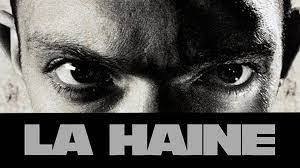
0 notes
Text
La Haine (1995)
Directed by Mathieu Kassovitz
Cinematography by Pierre Aïm
Starring Vincent Cassel, Hubert Koundé, Saïd Taghmaoui, Marc Duret and Benoît Magimel




"It's not the fall that kills you, it's the landing."
0 notes
Text







#la haine#movie#vincent cassel#mathieu kassovitz#cinematography#pierre aïm#film#said taghmaoui#hubert koundé#black and white#b&w post#b&w#mine
156 notes
·
View notes
Photo

La Haine (1995)
“Heard about the guy who fell off a skyscraper? On his way down past each floor, he kept saying to reassure himself: So far so good... so far so good... so far so good. How you fall doesn't matter. It's how you land!”
Director: Mathieu Kassovitz
Cinematographer: Pierre Aim
2 notes
·
View notes
Photo
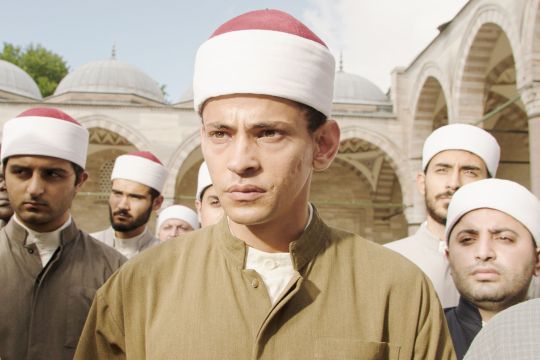
Boy from Heaven, Tarik Saleh (2022)
#Tarik Saleh#Tawfeek Barhom#Fares Fares#Yunus Albayrak#Abduljabbar Alsuhili#Okan Bozkus#Mohammad Bakri#Ramzi Choukair#Hassan El Sayed#Mehdi Dehbi#Makram Khoury#Sherwan Haji#Pierre Aïm#Krister Linder#Theis Schmidt#2022
7 notes
·
View notes
Photo





La Haine
#la haine#mathieu kassovitz#hubert koundé#vincent cassel#saïd taghmaoui#film#movie stills#pierre aïm#cinematography
32 notes
·
View notes